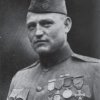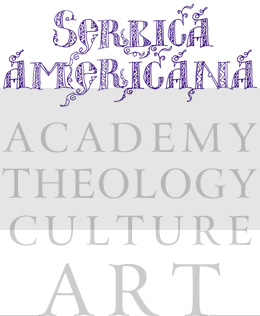He was born on July 13th, 1887 at Sar Planina, Serbia. In 1905, at the age of 18, he immigrated to America.
When the US entered World War I, Mandusich immediately enrolled himself in the Army. During the battle in Amiens region in France in August of 1918, Jake, now a corporal, advanced his men at Chipilly Ridge; there were many casualties and in the heat of the battle Alex realized that all officers had been hit and that he was now the leader of his platoon. His men were pinned down by machine gunfire from a German nest thirty yards away. Under intense fire Manudsich made his way to the nest alone; he pulled out his bayonet and attacked.. He killed five Germans outright but then his bayonet snapped. He used the barrel of his bayonet as a club and subdued fifteen more enemy soldiers. When the rest of the platoon arrived Alex was immediately recognized as a hero and nicknamed "Big Jake". For his amazing bravery Big Jake was awarded the highest distinction given to a United States soldier, the Congressional Medal of Honor.
He also received numerous medals from different countries: U.S. Distinguished Service Cross/Victory Medal with Four Bars, France's Medaille Militaire and Croise de Guerre with Palms, Yugoslav's Gold Karageorge Star with Cross Sabers, Great Britain Distinguished Conduct Medal, Italy' Merito Guerre, and others.
Following the end of the War and his discharge from the U.S. Army, Big Jake returned to Yugoslavia and spent several years in King Alexander's Royal Guard.





